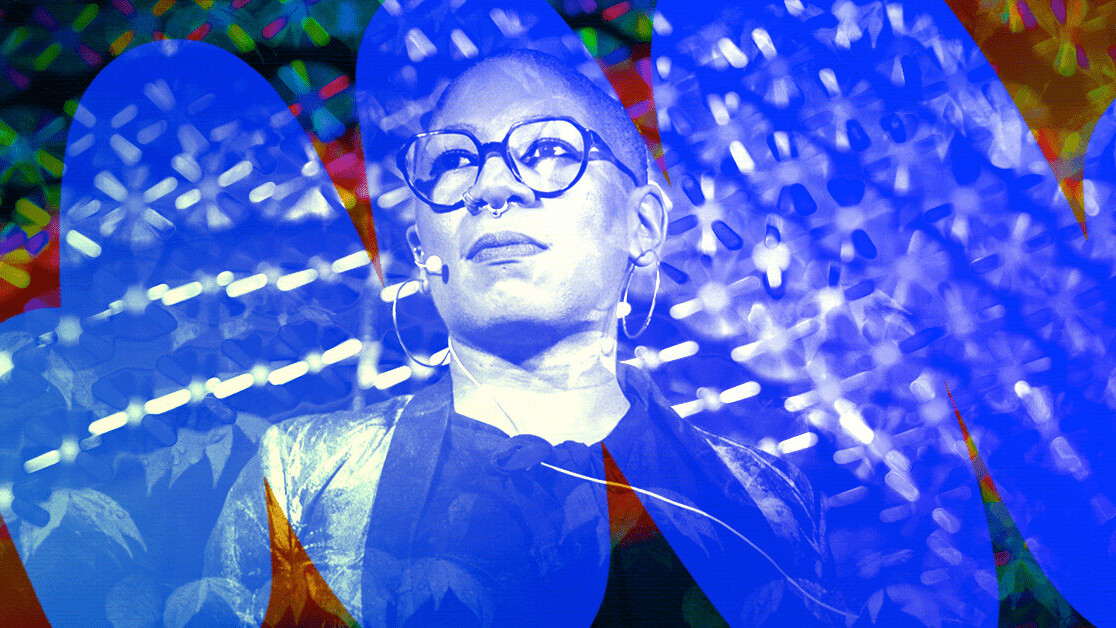
Well, it’s all been a bit intense, hasn’t it?
Just when we thought the planet was finally going to take us off the naughty step, we get slapped upside the head with another unfiltered look at ourselves. The uncomfortable, shameful, anxiety-ridden, angry, cannot-look-away-from systemic implication of racism and colonialism — including in the business and tech worlds.
But, it’s not anything new so why does this time feel different? Are we truly at a tipping point?
What I’m writing here may be uncomfortable for some but avoiding this is what has got us where we are now, right?
Before this pandemic I had lost count of the number of times I’ve heard of company C-Suite saying: “We’ll have to take Diversity and Inclusion off the table because a) we’re too busy, b) it’s not a priority c) we can’t measure it or d) we’ve done it.”
I can’t stop being a Black woman because you want to divert your budgets elsewhere. Does Cannes, SXSW, Burning Man budgets ring a bell?
Pro tip: having one or some cis-white women on your board does not equate to ‘diversity.’
We as a species would not exist without diversity. It’s a fundamental truth. Let that argument go, and move on with the Who, What, Where, When, and How of change.
But suddenly the shit has well and truly hit the global fan. For the first time for many diversity and inclusion has become a priority, and people are being reactive rather than proactive.
Welcome, we’ve been ready and waiting.
I’ve heard that people don’t want to “get it wrong” — but saying or doing nothing doesn’t cut it anymore, and, to be fair, it never did. So, here are few tough love thoughts. (Note: this is where the slogan “Silence is violence” comes into play. Violence in this context can be educational, economic, and access to opportunity).
If we want to make the deep and long lasting changes that are being proclaimed in company statements then listen up:
- Firstly, educate yourselves. You’re not ’empowering’ your only Black or Indigenous People of Color (BIPOC) employees and colleagues by making them responsible for moderating your behavior. That’s quite frankly lazy and asking people to recreate their trauma.
- Learn the difference between interpersonal, institutional, and systemic racism. Then use these lenses to explore your own relationships, culture, working practices, products, and methods of reward and reprimand.
- Diversity, inclusion, belonging, and equity should be systemic and run through the very veins of everything you are and do. Have you ever had to make the business case for your own blood? No? Right, so why make one for diversity and inclusion?
- Not everything can and should be on the balance sheet. Let it go and create new measures of success if necessary.
- Performative allyship is NOT the answer.
- The eyes of world are watching and waiting with fingers poised in case this is just talk. Practice what you preach.
- If you want to make the changes you’re publicly declaring then recognize and accept that things will change. Maybe even your own job.
As humans we’re all problem solvers and innovators. That’s the business most of us are in, right? Innovation. Disruption. Blah blah blah.
Don’t get me wrong, I love it. But as a sector we’ve been reductionist in who has been invited to the table. Some of us have had to fight harder than others to get where we are today.
Now, whilst we’re in this liminal space between the world we once knew and the world we want to create, let’s break down our own barriers. Let’s explore and create new frameworks, new-isms, and bring truly diverse voices, wisdom, insights and knowledge to the table during the design process of new and emerging technologies by all, for all.
I’m ready, are you?
This article originally appeared in TNW’s daily newsletter, Big Spam. Sign up for our newsletters here.
Get the TNW newsletter
Get the most important tech news in your inbox each week.





